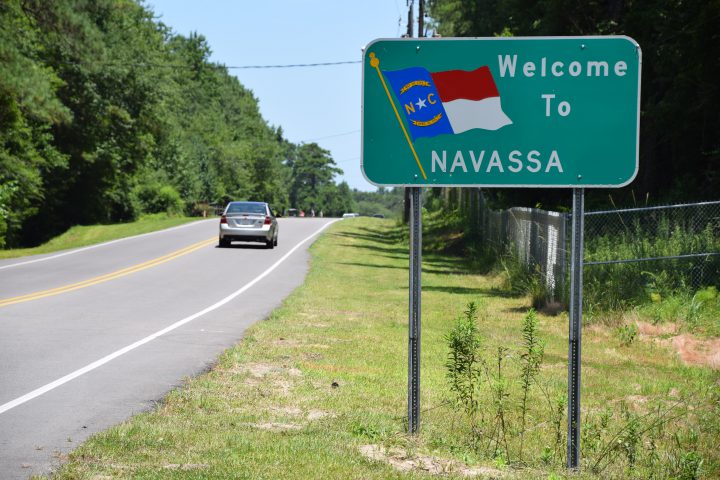
A portion of a federal Superfund site in Navassa officially cleared for future residential use earlier this year will likely be removed from the Environmental Protection Agency’s National Priorities List this fall.
A little more than 20 acres referred to as operable unit 1 is expected to be deleted from the list in September. A site is deleted from the list when all cleanup has been completed and all cleanup goals have been achieved, according to the EPA.
Supporter Spotlight
“The deletion means that it is through the Superfund process,” Erik Spalvins, the EPA’s remedial project manager for the former Kerr-McGee Chemical Corp. site, said during a Tuesday night meeting updating the public on the latest progress at the site.
The agency’s Record of Decision of the unit, released in early April, marks a major milestone in the ongoing, years-long process of determining how much contamination is on the overall site and how to remediate the land for future use.
Operable unit 1, or OU1, was originally excluded from potentially being set aside for residential use, a plan Navassa officials and residents rejected and ultimately requested the EPA change the anticipated use of the land to include housing.
Chris Graham, a Navassa resident and member of the Navassa Community Environmental and Economic Redevelopment Corp, or NCEERC, recalled Tuesday how he was “outraged” when he heard OU1 was initially excluded from the possibility of being used for housing.
The EPA’s decision to change the plan to include residential use indicated the agency is listening to residents, he said.
Supporter Spotlight
“I would like to see more collaboration and move together moving forward,” Graham said. “We have people who feel like we’re moving too fast. We have people who feel like we’re moving too slow.”
He asked that everyone meet in the middle to find common ground.
Land has been set aside to be the site of the Moze Heritage Center and Nature Park, which would be the first cultural heritage center in the state dedicated to preserving the stories of slaves who worked the rice plantations along river banks in southeastern North Carolina.
The proposed center and nature park would include walking trails, a pier and kayak launch, and restored marsh and riverfront.

A year ago, the first round of restoration and conservation projects designed to offset environmental damage at the site were selected.
Habitat restoration specialist Howard Schnabolk with the National Oceanic and Atmospheric Administration, or NOAA, said that about half of the $23 million awarded in a 2014 settlement to compensate for environmental damage has been allocated for those projects. Five of those projects are within Navassa.
The Kerr McGee Natural Resource Trustees began looking at restoration possibilities in 2009 with the directive to focus on creating, restoring and enhancing riverine habitat, coastal wetlands and underwater, intertidal, or shoreline habitat, and migratory fish passage.
Moving into next year, the remainder of the funds will be used as more projects are selected, Schnabolk said.
The more than 200-acre site where a wood-treatment plant was operated between 1936 and 1974 was added to the National Priorities List of federal Superfund sites in 2010.
Creosote, a tar-like substance made of hundreds of chemicals and used a wood preservative, has been found in the groundwater, soil and sediment on portions of the site.
The site is broken into five operable units.
Other operable units include an area known as the southern marsh, where contamination has been detected, the former pond and processing area where a majority of the creosote processing took place, and an area where a contaminated groundwater plume is being monitored.
Multistate Trust project manager Todd Martin, who works for Integral Engineering,
explained that work is being done concurrently within each unit.
He said he anticipates the EPA will issue a proposed plan, record of decision and complete remedial action for OU2 sometime next year.







